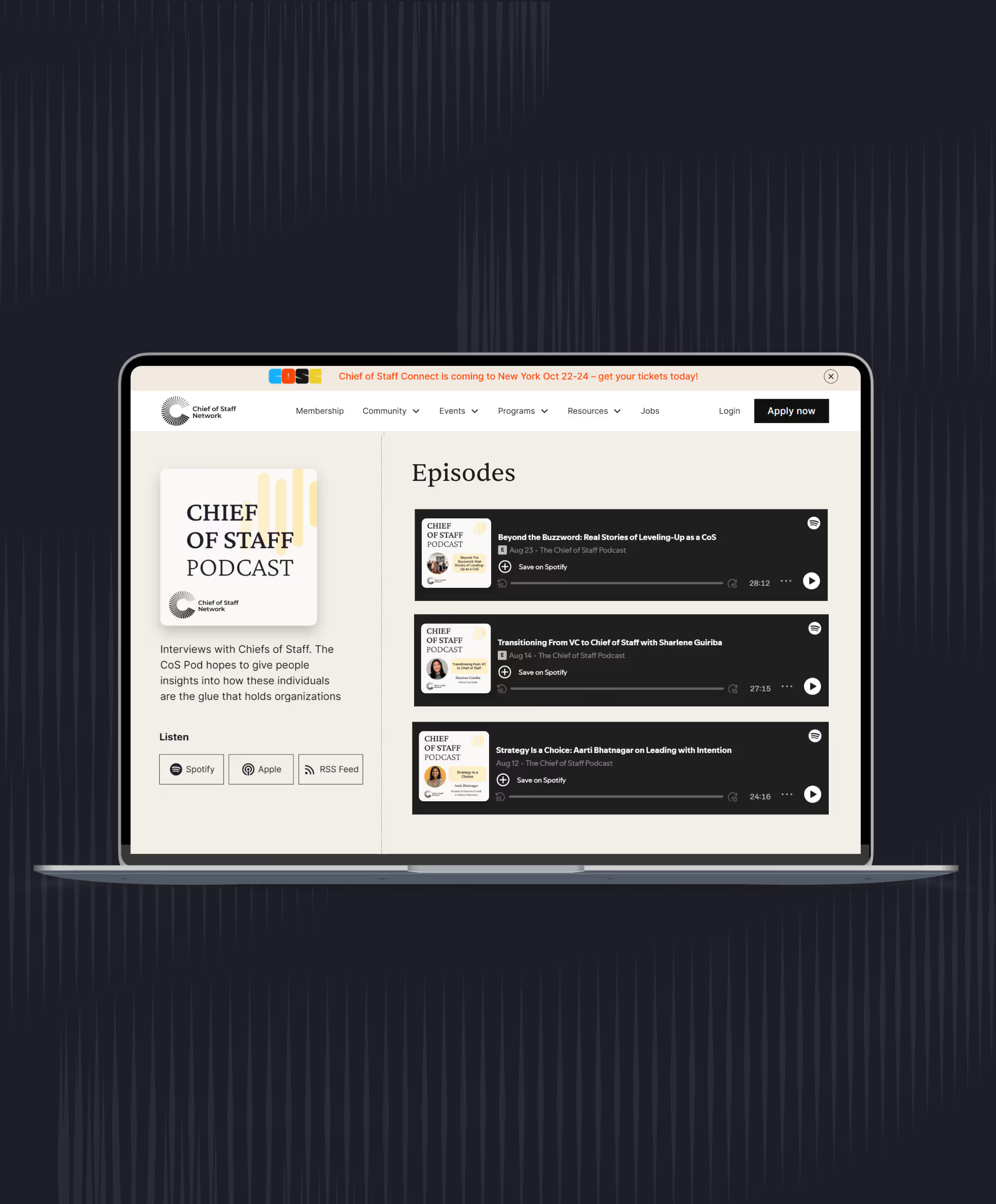By far the most common response was Choice D: “Run urgent, important special projects across teams.”
Indeed, it was the most common response in each of Level 1 - 5. This suggests that a key skill of CoS, regardless of company size, is to tackle critical, cross-functional projects on behalf of their principal.
At Level 6 (CXO), while Choice D was a common response, the most common was Choice E: “I am empowered to make strategic, company-wide decisions on my CEO's behalf.” Obviously, the most senior CoS have the power to change the company, given their firm-wide influence, trust with their principal, and strategic acumen.


.avif)
.avif)






.webp)




.svg)


.svg)
.svg)
.svg)











